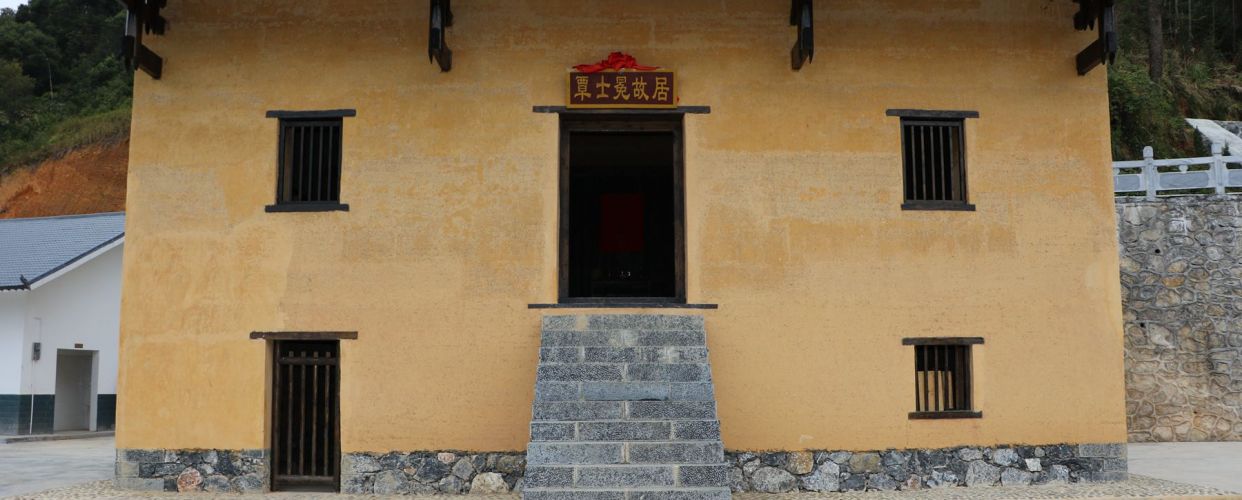- 视频 /
- 音频
-
沧海桑田的变迁 Big changes
视频数: 0 个视频类别:[地质遗迹]更新时间:2016.12.31景点介绍:东兰地区地质演化历程 Geological evolution history of Donglan region 东兰县及其邻区,在二叠纪及以前(距今约2.5亿年)处于浅海和海陆过渡环境,沉积了厚达3000多米的碳酸盐岩(主要为灰岩和白云岩)及少量碎屑岩(砂岩、泥岩等);三叠纪(距今约2.5~2.08亿年)因被巨厚的复理石沉积(水下泥石流)淹没而消亡,结束了海相沉积的历史,进入陆相演化阶段。 In and before the Permian (250 million years ago), Donglan county and its surrounding areas were in shallow marine and marine-continental transitional environment, and deposited carbonate rocks up to more than 3000m thick (mainly limestone and dolomite) and some clastic rocks (sandstone and mudstone, etc.). During the Triassic period (about 250 to 208 million years ago), filled with very thick flysch sediments (subaqueous debris flows), the marine deposition history was over and turned into the continental evolution stage. 侏罗纪-新近纪(距今约2.08亿年~258万年),区域上发生了较大规模的构造运动,沉睡于海底的巨厚岩层露出水面,形成陆地,并产生了大量的褶皱、断裂,为后来形成喀斯特地貌创造了有利的条件。 In the Jurassic and Neogene (208 million years ago to 2.58 million years ago), there was a large scale tectonic movement happened in this region, as a result, the very thick strata in the bottom of the sea exposed the sea to become continent and formed a lot of folds and faults, which created advantaged conditions for karst formation. 从第四纪(距今约258万年)开始,地壳发生了多次抬升运动,构造继续发育。在雨水、生物等自然营力的精雕细琢下,形成了如今的峰丛洼地,孤峰、田园散布其中,穿洞、溶洞发育的喀斯特地貌景观。 From the Quaternary ( 2.58 million years ago), there was a series of crust uplift movements happened. Structures continued developing . Under the natural agents of rainwater and creatures, there formed karst landform with widely developed karst caves, dotted with peak clusters depressions, isolated peaks and fields.
-
评论列表
评论列表
评论列表
评论列表
评论列表
 HOT
HOT
